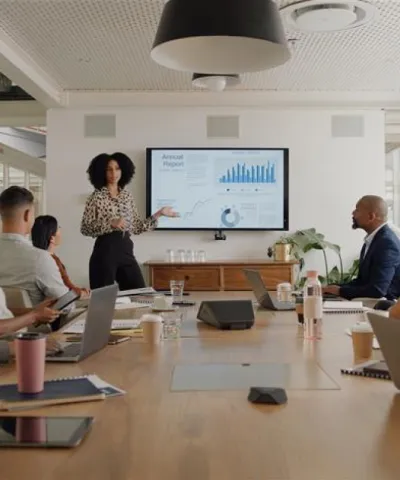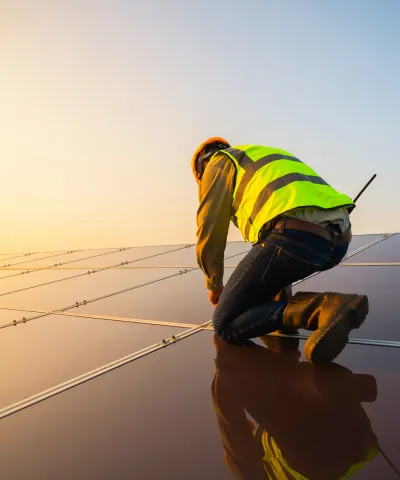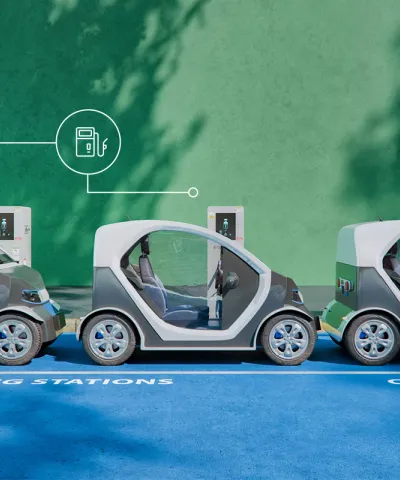In this second installment, we continue our discussion on how sales leaders in food and beverage (F&B) and consumer packaged goods (CPG) can optimize their sales teams to drive growth in the post-pandemic world.
The COVID-19 pandemic unleashed powerful forces that transformed the channel and market landscape for F&B and CPG. In the first part of our two-part series, we identified three of these forces of change -- channel mix shift, the evolution of the retail footprint, and digitalization of the Route-to-Market (Figure 1). In the following discussion, we will dive into three more of these forces of change. We will address their far-reaching implications in the industry and offer manufacturers guidance on how to navigate these new challenges to ensure growth and profitability.
Force #4: Neighborhood and occasion migration
In early 2020, the “after work happy hour” flatlined. So did “dinner out with friends,” "celebrating with my people,” and a myriad of other out-of-home social occasions. Diners stayed home en masse, and consequently independent outlets and small, locally influential restaurant chains struggled to stay afloat. Many would disappear altogether or downsize their operations.
Americans have started to gather once again. In 2021, online restaurant-reservation provider OpenTable reported that many states were getting back to their pre-pandemic baseline of seated diners. However, those statistics may not be telling the whole story. The pandemic has changed dining habits, office-based work arrangements, and social norms. Sales teams are operating in an altered landscape.
The pandemic has triggered a mass re-location of workers from large city centers to suburbs (Figure 2). The sudden mass adoption of remote and flexible work meant people could trade congested city centers for the lifestyle-driven pace of the suburbs.
The combined effect was a dilution of the city center and a suburban boom. Suburban neighborhoods took on new roles for workers now spared the five-day office commute, and new bars, restaurants, and spots are opening to fill voids left during the pandemic or claim new ground.
The impact for brands is two-fold. First, because the landscape is now concentrated in different neighborhoods – some of them miles away from old hotspots – local territory realignments will be required. Second, the occasion-mix has shifted which means field teams will need to evolve to align with new priorities and market opportunities.
More on-premise disruption may be on the horizon. Prolonged inflation and declining consumer confidence data suggest spending on out-of-home activity may drop off over the second half of 2022. This could put additional pressure on small and local businesses that may still be struggling to regain stability after the pandemic.
Manufacturers should be prepared for a prolonged period of turbulence. As owners and managers streamline their operation, there will be space in the line-up for fewer brands and suppliers. Field teams will need higher levels of focus and agility to succeed. Teams with the most compelling, influential, insights-driven, and locally wired sales talents will be best positioned to weather the coming storm.
Strategy:
- Re-segment accounts based on recent growth, new business models, and new locations
- Determine the prospecting motion and touch models for new accounts emerging in old or new locations
- Redesign sales team territories, and resize the on-premise sales force to index against market opportunities
Force #5: Major metro migration
The pandemic didn’t just cause families to move out of city centers and into suburbs. People also flocked from big metropolises to smaller cities. San Francisco, New York, and Los Angeles saw an exodus, while small gems like the cities of Boise in Idaho, Austin in Texas, and Sarasota in Florida experienced a significant influx of new consumers.
The net result of this dramatic resettling of Americans was a shift in the centers of gravity around the country. Brands seeking to engage consumers suddenly needed a beefed-up presence in trending cities, and to index against the opportunities present in those locations.
Strategy:
- Re-evaluate sales headcount required to achieve business plans by region based on population growth and other indicators of potential
- Redesign sales team territories, and resize the on-premise sales force to index against market opportunities
- Redesign sales compensation for front line employees and managers to reward investment emerging markets and manage cost of serving shrinking markets
Force #6: Rapid enablement of tech-sell
The pandemic broke down the barriers to technology adoption, driving an explosion in the use of digital technologies at home, at work, and at play. Zoom became a household word and the world moved online. The pandemic also reprioritized and accelerated digital transformation for businesses across all industries. Digital transformation became the top priority ahead of cybersecurity for CIOs in 2021.1
Before the pandemic, managing smaller channel partners was a challenge. Phone calls were more economical, but this form of exchange was not as productive and rich as an in-person visit where slide decks with performance and opportunity insights could ensure a more compelling exchange. On the other hand, the cost of in-person visits often did not warrant the investment in time and effort.
After the pandemic, even the smallest and most remote distributor is comfortable hopping on a Zoom or Microsoft Teams video conference call. This simple adoption of digital tools presents a rare opportunity for sales organizations to unlock significant improvements in effectiveness and efficiency.
On the effectiveness side, distributors' newfound comfort in receiving screenshares and presentations over a video-conference call allows account managers to transmit significant insight to channel partners quickly and with high impact. On the efficiency side, distributors' comfort level using conference-call technology reduces the need for frequent travel for face-to-face meetings
Thanks to this rapid adoption of digital technology, sales organizations can drive surprising levels of performance from smaller and less sophisticated channel partners, at lower cost. The challenge for sales teams is in defining how to unlock this win. Should there be a dedicated “tech sell team” focused exclusively on video-conference interactions with smaller distributors? Should existing account managers simply stop taking the drive out to customers and switch instead to video conference-only touchpoints? Maybe some version of a hybrid model would work better. The answers to these questions are often tied to other organizational capabilities like the maturity of the sales insights function and the opportunity cost of having to reallocate time and energy from higher-value activities.
Strategy:
- Understand how to take advantage of tech sell to drive significant performance improvement through the network tail
- Leverage customer and distributor advisory groups to gather input on the right frequency and depth of touch
- Train all resources in virtual selling skills… they are not instinctive
1Dion Hinchcliffe, "The CIO Outlook for 2021," Constellation Research, October 23, 2020
Conclusion
The pandemic has transformed what it means to build, design and equip F&B and CPG sales teams for peak performance. Consumer on-premise and off-premise spending behaviors have changed, and sales teams must respond accordingly to stay relevant. The retail footprint is also undergoing a revolution, presenting new opportunities for growth and deeper engagement. Manufacturers who are quick on their feet and can respond appropriately will win new market share.
New levels of route-to-market efficiency and effectiveness are also possible thanks to faster, better digital tools. Sales teams must evolve to stay relevant. Meanwhile, the urban to suburban migration has also introduced new considerations for sales teams. Manufacturers will have to re-evaluate and redesign territories, compensation, and locations. Finally new conference call technologies and digital adoption have introduced new ways to drive meaningful customer interactions.
Now that we have greater clarity around the shape of the post-pandemic landscape, it is time for sales leaders to optimize against and invest in the new reality.








